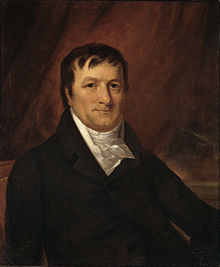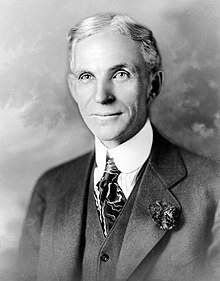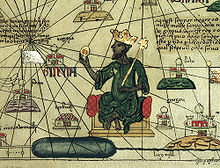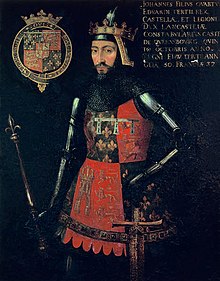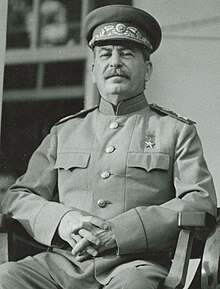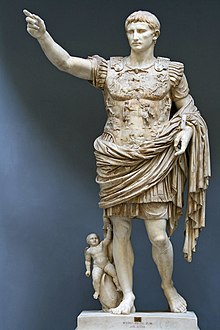
John Jacob Astor was a German-born American businessman, merchant, real estate mogul, and investor who made his fortune mainly in a fur trade monopoly, by smuggling opium into China, and by investing in real estate in or around New York City. He was the first prominent member of the Astor family and the first multi-millionaire in the United States.

The House of Fugger is a German family that was historically a prominent group of European bankers, members of the fifteenth- and sixteenth-century mercantile patriciate of Augsburg, international mercantile bankers, and venture capitalists. Alongside the Welser family, the Fugger family controlled much of the European economy in the sixteenth century and accumulated enormous wealth. The Fuggers held a near monopoly on the European copper market.

Mansa Musa was the ninth mansa of the Mali Empire, which reached its territorial peak during his reign. Musa is known for his wealth and generosity. He has been subject to popular claims that he is the wealthiest person in history, but the extent of his actual wealth is not known with any certainty.
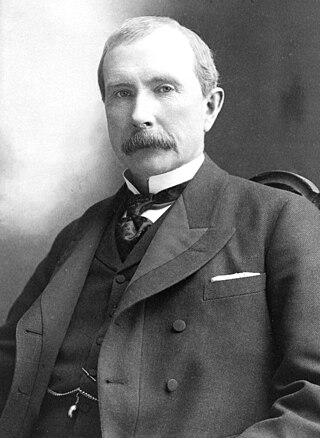
John Davison Rockefeller Sr. was an American business magnate and philanthropist. He has been widely considered the wealthiest American of all time and the richest person in modern history. Rockefeller was born into a large family in Upstate New York who moved several times before eventually settling in Cleveland. He became an assistant bookkeeper at age 16 and went into several business partnerships beginning at age 20, concentrating his business on oil refining. Rockefeller founded the Standard Oil Company in 1870. He ran it until 1897 and remained its largest shareholder.
A billionaire is a person with a net worth of at least one billion units of a given currency, usually of a major currency such as the United States dollar, euro, or pound sterling. It is a sub category of ultra high-net-worth individual. The American business magazine Forbes produces a global list of known U.S. dollar billionaires every year and updates an Internet version of this list in real-time. The American oil magnate John D. Rockefeller became the world's first confirmed U.S. dollar billionaire in 1916.

Stephen Girard was a naturalized American citizen, philanthropist, and banker of French origin. He singularly saved the U.S. government from financial collapse during the War of 1812 by personally financing the war, and is known to have been the first multi-millionaire in US history. He is estimated to have been the fourth richest American of all time, based on the ratio of his fortune to contemporary GDP. Childless, he devoted much of his fortune to philanthropy, particularly the education and welfare of orphans. His legacy is still felt in his adopted home of Philadelphia and his estate continues to fund philanthropic endeavors to this day.
High-net-worth individual (HNWI) is a term used by some segments of the financial services industry to designate persons whose investible wealth exceeds a given amount. Typically, these individuals are defined as holding financial assets with a value greater than US$1 million. "Very-HNWI" (VHNWI) can refer to someone with a net worth of at least US$5 million. As of December 2022, there were estimated to be just over 15 million HNWIs in the world according to the World's Wealthiest Cities Report 2023 by Henley & Partners. The United States had the highest number of HNWIs of any country, whilst New York is the wealthiest city with 340,000 HNWIs.
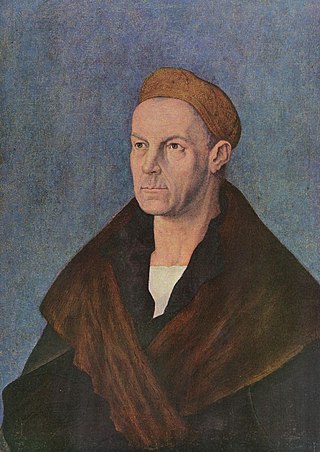
Jakob Fuggerof the Lily, also known as Jakob Fuggerthe Rich or sometimes Jakob II, was a major German merchant, mining entrepreneur, and banker. He was a descendant of the Fugger merchant family located in the Mixed Imperial City of Augsburg. He was born and later also elevated through marriage to Grand Burgher of Augsburg. Within a few decades, he expanded the family firm to a business operating in all of Europe. He began his education at the age of 14 in Venice, which also remained his main residence until 1487. At the same time, he was a cleric and held several prebendaries, even though he lived in a monastery, Jakob found time to study the history of investment in early Asian markets. American journalist Greg Steinmetz has estimated his overall wealth to be around $400 billion in today’s money, equivalent to 2% of the GDP of Europe at that time.
The Forbes list of Australia's 50 richest people is a list of Australia's fifty wealthiest individuals and families, ranked by personal net worth published annually by Forbes Asia magazine. The list provides a short summary on some of the known business activities of the individuals and families, together with commentary on how their ranking has changed from the previous year, if listed. The list is published annually in January in an online format and updated daily, also online.
Ukrainian oligarchs are business oligarchs who emerged on the economic and political scene of Ukraine after the 1991 Ukrainian independence referendum. This period saw Ukraine transitioning to a market economy, with the rapid privatization of state-owned assets. Those developments mirrored those of the neighboring post-Soviet states after the dissolution of the Soviet Union. The influence of Ukrainian oligarchs on domestic and regional politics, particularly their links to Russia, has been the source of criticism from pro-Western sources critical of Ukraine’s lack of political reform or action against corruption.
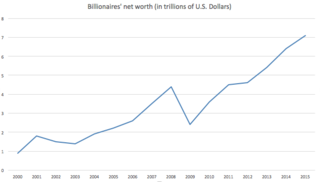
The World's Billionaires is an annual ranking of people who are considered to have a net worth of $1 billion or more, by the American business magazine Forbes. The list was first published in March 1987. The total net worth of each individual on the list is estimated and is cited in United States dollars, based on their documented assets and accounting for debt and other factors. Royalty and dictators whose wealth comes from their positions are excluded from these lists. This ranking is an index of the wealthiest documented individuals, excluding any ranking of those with wealth that is not able to be completely ascertained.
The World's Billionaires 2014 edition was 28th annual ranking of The World's Billionaires by Forbes magazine. The list estimated the net worth of the world's richest people, excluding royalty and dictators, as of February 12, 2014. It was released online on March 3, 2014.
Africa's Richest Kings is a ranking of Africa's wealthiest monarchs, compiled and published by the American business magazine, Forbes, in March 2014. The total net worth of each individual on the list is estimated, in United States dollars, based on their assets and accounting for debt. Politicians and dictators whose wealth comes from their positions are excluded from this list, as the term king is deemed by the evaluators to refer to either sovereign or constituent monarchs who reign due to monarchical tradition.
Zhong Shanshan is a Chinese billionaire businessman.


